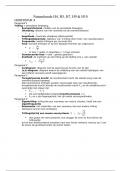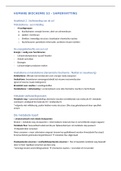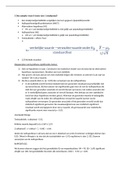Notes de cours
Brexit and the constitution
- Établissement
- Katholieke Universiteit Leuven (KU Leuven)
Lecture notes study book Geschiedenis van het publiekrecht of Alain Wijffels - ISBN: 9789463799843, Edition: 1, Year of publication: - (Notities van de les)
[Montrer plus]











